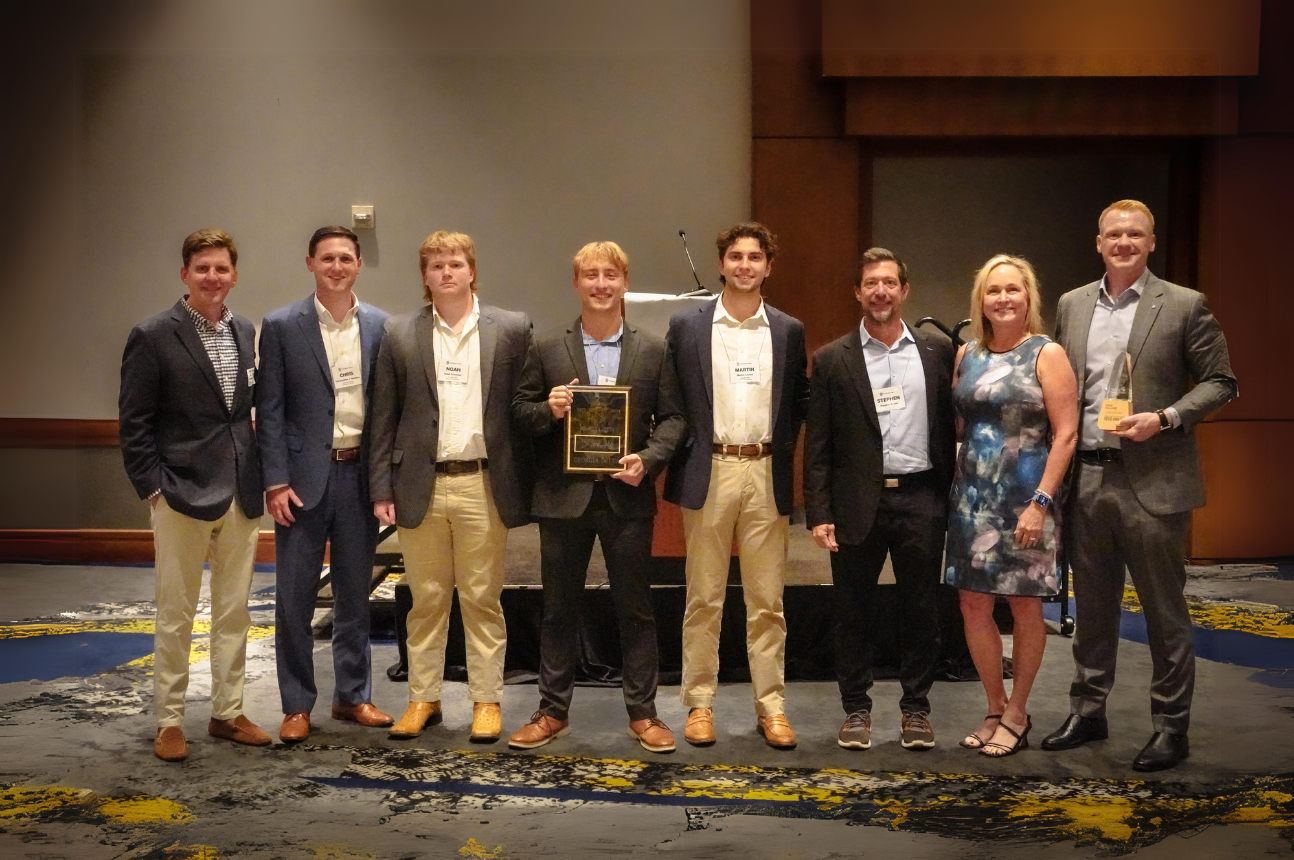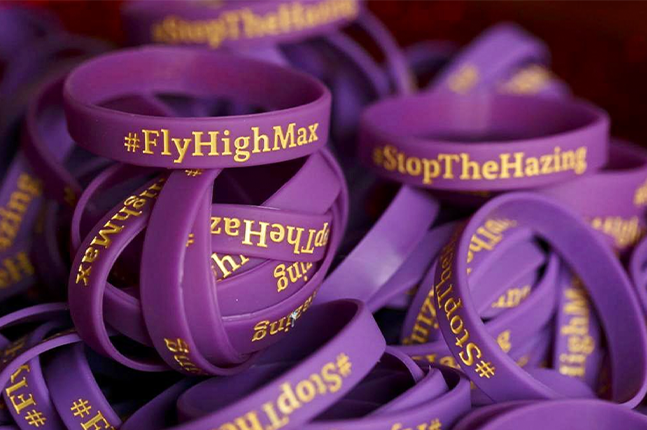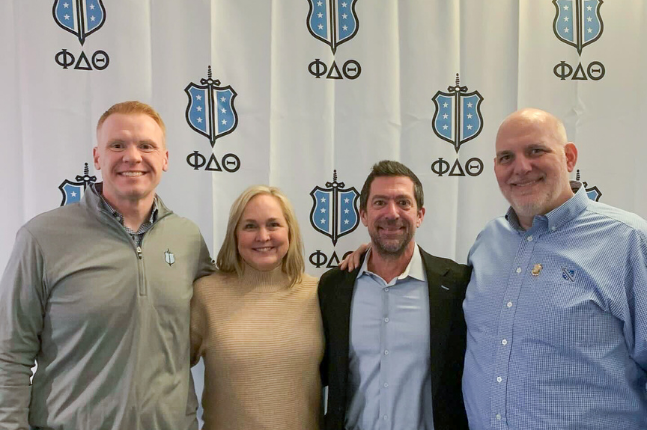By Hank Nuwer
The year was 1978, the date the 26th of February. It was a post-dawn Sunday morning and cold as only a city on a Great Lake can be. I was visiting my parents in Buffalo. Coffee percolated on an oven burner as I spread out an issue of the Buffalo Courier Express. The Courier’s front page sucked the wind out of me. The lead headline was big and black. My mother, wearing her oft-washed robe and plastic curlers, asked me what the story was about that dismayed me so.
“A young man named Chuck Stenzel had perished at a fraternity party,” I said. He’d died of alcohol poisoning.
I’d belonged to a fraternity at Buffalo State College that once had been connected to a national. But by the time I pledged in 1965, the then-chancellor of the State University of New York had converted all national fraternities and sororities to local chapters.
The local chapters kept the traditions, bylaws, and secrets of their previous nationals but lacked the important oversight the parent organizations had provided. The Chancellor would abandon his crusade but eventually unregulated, wild local SUNY chapters would endure hazing deaths at Plattsburgh and Geneseo.
My own local fraternity at Buffalo State College had more guidance than most because of strong faculty and alumni involvement. Nonetheless, our pledge period included the sort of pranks that caused my working-class, no-nonsense father to roll his eyes. He’d driven me to campus and dropped me off just as a brother confronted me verbally and handed me a concrete block with Greek letters.
“This is what I send you to college for?” he said at supper that night.
He was a wise man, my Dad. But I shrugged off the hazing nonsense, got in, and had a wonderful fraternity experience. Through the fraternity I would find my life’s calling as a writer. My mentor was and is a faculty brother named Fraser Drew who had interviewed the likes of Ernest Hemingway to make his English classes more intriguing. He and I co-wrote a book together when he was 97.
Thus, my impetus to write about hazing never occurred until graduate school when I attended the University of Nevada. There I frequently observed alcohol-fueled hazing by a wild bunch of athletes. Some of these students were high-status guys—not only good ballplayers but good students who were active in student government. A minority, unfortunately, were dangerous and would mock their pledges when they got drunk and vomited.
Their hazing consisted not only of crazy pranks but dangerous amounts of alcohol. Their liquor-guzzling made anything I’d experienced at Buffalo State seem like choir practice.
In the spring of 1975 I chanced to enter a Reno bar called the Little Wal on a Hell Night. I observed a pledge half-conscious under the pool table who foamed at the mouth. I nudged an acquaintance and asked him to walk with the young man until he sobered up, which he did without hesitation. But that’s all he did. He lacked the foresight to see a close call and go back to his brothers demanding an end to the dangerous drinking.
In October of 1975, another Hell Night was held far from campus. Unbelievable quantities of alcohol killed a giant Wolfpack football player named John Davies and left another pledge with brain damage. The incident ignited a wakeup call in me.
I learned that alcohol can and does kill. I watched previously well-regarded students become “killers” in the minds of student body members.
I had another revelation in time. As a bystander, had I taken more action such as writing an expose for the student paper, John Davies might not have died.
The death of John Davies came back to me as I read about the death at Alfred University. There in my mother’s kitchen I made a decision. I would write a serious article about fraternity hazing. The next time I traveled to Los Angeles, I approached Human Behavior editor, Marshall Lumsden, with a proposal and he accepted.
Lumsden was a writer’s editor, a veteran of journalistic wars at the Los Angeles Times and Saturday Evening Post. He didn’t care a hill of beans about my own little hazing experiences. He wanted to know the stories behind the deaths of kids like John Davies and Chuck Stenzel.
I wrote the first draft and then a second and third. Lumsden met with me at a coffee shop on Santa Monica Blvd. in Los Angeles. We met there so often I thought Lumsden must keep his typewriter there.
Always he wanted more sources, more documentation, more research. I had taught a continuing education course at UCLA. I plunged into scholarly research in a big way and found the few available studies on hazing. They were all in abnormal psychology or Higher Education.
Then I read a breakthrough book called Groupthink by Yale University professor Irving Janis. I rewrote my article once again employing this theory to explain Davies’s death and took it to Lumsden at the coffee shop.
“Well, good,” he said. “Interview him.” Interview the legendary Janis? I was intimidated, but I said “OK.”
I sought Janis out. He only turned out to be Buffalo-born and a wonderful and brilliant scholar, but he grasped immediately how the Groupthink theory applied to fraternity hazing.
What was the Groupthink theory?
Basically, in the interest of maintaining camaraderie and good will, a group won’t challenge individual members that display reckless tendencies such as hazing. They put aside moral qualms and piss all over their national’s and founder’s moral values and put newcomers in harm’s way, covering all up when the risky behavior causes injury or death.
I remember my relief having one last cup of coffee with Lumsden when he pronounced my article finished. It appeared in print in October of 1978.
The result was a response like no magazine piece I’d ever done or would do. Human Behavior was deluged with letters from readers.
One came from the mother of Chuck Stenzel, the pledge whose death I had read about in my mother’s kitchen. (Unknown to me until much later, Eileen Stevens had photocopied my article and sent it to anyone she could think of–prompting many of those letters). Eileen wrote me from New York that she had read my story and was starting an anti-hazing organization called the Committee to Halt Useless College Deaths. She wanted to meet with me the next time I was in the city on publishing business
We met for lunch in Manhattan. She brought a computer printout of hazing deaths she had paid for out of pocket. I began studying hazing in earnest, applying for a Gannett Foundation fellowship to write a book on hazing. Its title was Broken Pledges: The Deadly Rite of Hazing. University personnel and even members allowed me to interview them, lending their resolute anti-hazing messages to the book.
But that was then and this is 2012.
Some amazing things have occurred to me. I write a column for Stophazing.org. I am writing my fifth book on hazing and maintain Twitter and Facebook sites on hazing.
HazingPrevention.org named its anti-hazing hero award the Hank Nuwer Award in my honor, and Phi Delta Theta took over the funding of the award.
My Alma Mater, Buffalo State, hosts the Hank Nuwer Hazing Collection, my philanthropy, and it is a repository of all available hazing research for students and scholars to use.
But I am unsatisfied. Hazing still claims one or more deaths a year as it has every year from 1970 to 2012. I am in awe of an amazing network of Greek leaders all coming together in the interest of putting an end to hazing.
However it is not enough. Ending hazing should be simple, really. Stopping hazing isn’t like finding a cure for cancer where so much needs to be DONE. All you, I, Greeks and athletes and band members everywhere need to do is nothing, really. Just don’t haze, and you and I will put an end to the more than 160 deaths overall from hazing that exist on the list I still keep.
My Dad was right. He didn’t send me to college to haze. He sent me to acquire a set of values and a mentor and a trade. I won’t give up fighting against hazing in part because fraternities such as Phi Delta Theta won’t give up and motivate me.
Let us work together to make hazing a best-forgotten relic of the past. Just imagine what an amazing undergraduate fraternal experience there would be if hazing were ended, and all the time spent fighting an illicit practice were put into service to one’s chapter, school, national–and society itself.
Hank Nuwer teaches journalism as an associate professor at Franklin College. He resides in Indiana and has property in remote Alaska. He is the grandfather of two and roommate to a Labrador retriever named Dogzilla. His last book was The Hazing Reader for Indiana University Press. Phil Delta Theta supports the Hank Nuwer Antihazing Hero Awards given out each year by HazingPrevention.org.





